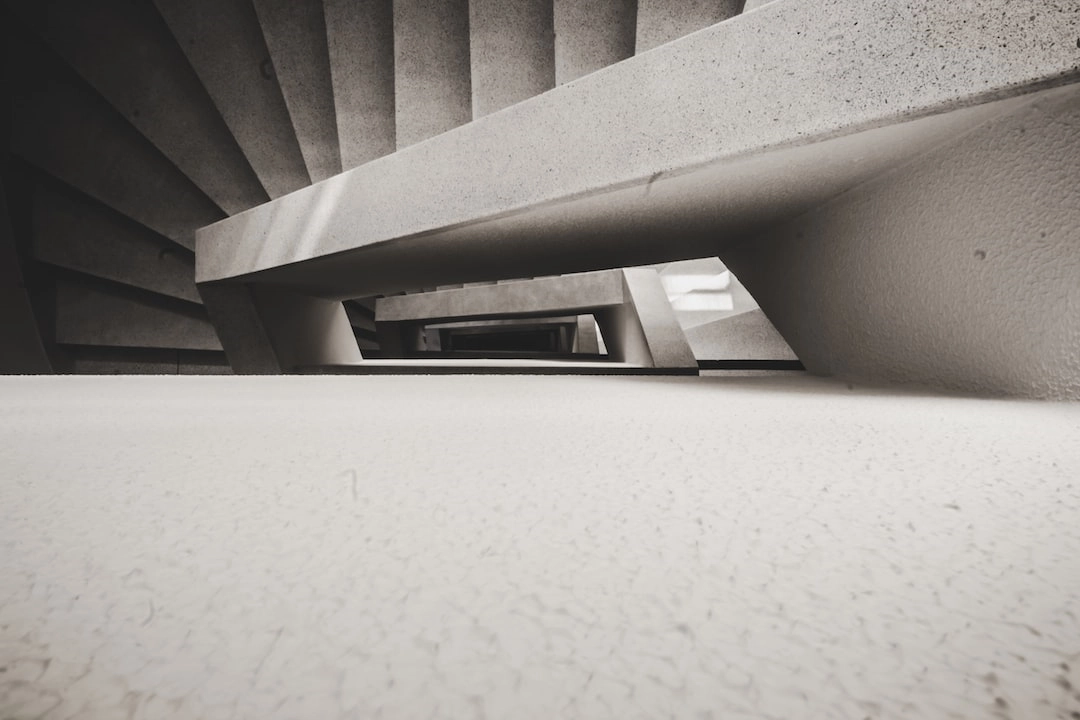What is Sustainable Practices in Modern Dancewear?
Sustainable practices in modern dancewear refer to environmentally conscious and ethical fashion choices made by dancers. It involves using materials and manufacturing methods that minimize harm to the environment and prioritize fair labor practices. Sustainable dancewear aims to reduce the negative impact of the fashion industry on the planet and ensure the well-being of the individuals involved in its production.
Real-World Problems Associated with Sustainable Dancewear
While the fashion industry as a whole faces various sustainability challenges, dancewear has its own unique set of issues. Here are some key real-world problems associated with sustainable practices in modern dancewear:
1. Limited Availability
One of the primary challenges dancers face when trying to adopt sustainable practices is the limited availability of eco-friendly dancewear options. Unlike mainstream dancewear brands, sustainable alternatives are often still emerging, making it difficult for dancers to find reliable and accessible options. This limited availability can hinder the transition to more ethical and eco-friendly dance attire.
2. Cost Factors
Cost is another significant challenge when it comes to sustainable dancewear. The use of eco-friendly materials and ethical production methods can increase the price of dancewear items. Dancers, especially those on strict budgets, may find it financially challenging to invest in sustainable options. This poses a barrier to adopting more ethical fashion choices for dancers who can’t afford the higher costs associated with sustainable dancewear.
3. Performance and Durability
Dancewear needs to withstand rigorous physical activity and frequent washing. Sustainable materials may not always meet the performance standards expected by dancers or endure the wear and tear of regular use. Finding sustainable fabrics that are both durable and provide the necessary flexibility, breathability, and comfort can be a challenge, hindering the widespread adoption of sustainable practices in dancewear.
4. Lack of Awareness and Education
Many dancers may not be aware of the environmental and social issues surrounding the fashion industry. Without understanding the impact of their choices, dancers may continue to support fast fashion brands that prioritize profit over sustainability and fair labor practices. Lack of education and awareness within the dance community prevents the widespread adoption of sustainable dancewear practices.
5. Cultural and Performance Expectations
Certain dance styles adhere to specific cultural or historical attire, limiting the freedom for individual dancers to choose sustainable alternatives. Traditional costumes or uniforms may prioritize aesthetics and cultural authenticity over sustainability. Balancing the cultural and performance expectations with sustainable practices can be a delicate and complex task for dancers and choreographers.

Solutions for Sustainable Practices in Modern Dancewear
Addressing the real-world problems associated with sustainable dancewear requires innovative solutions and collective efforts. Here are some potential steps that can be taken to promote sustainable practices in modern dancewear:
1. Increased Awareness and Education
It is crucial to raise awareness among dancers, dance companies, and choreographers about the environmental and social impact of their fashion choices. Organizations and influencers can play a significant role in educating the dance community about sustainable alternatives, highlighting the benefits of ethical fashion, and showcasing success stories in sustainable dancewear.
2. Collaboration and Advocacy
Collaboration between sustainable fashion brands and dancewear manufacturers can help increase the availability of eco-friendly dancewear options. Advocacy groups can work towards creating platforms that connect sustainable dancewear designers and manufacturers with dancers, facilitating the growth and accessibility of sustainable dancewear in the market.
3. Research and Innovation
Investing in research and development can lead to the creation of new and improved sustainable materials suitable for dancewear. Ongoing innovation can help address the performance and durability concerns associated with sustainable fabrics, ensuring that dancers have access to high-quality, eco-friendly options that meet their specific needs.
4. Price Accessibility
Efforts should be made to make sustainable dancewear more affordable. This can be achieved through collaborations with sustainable fashion brands, ethical sourcing practices, and economies of scale. Providing cost-effective options for dancers will make sustainable practice more accessible for all.
5. Design and Aesthetic Considerations
Designers and choreographers can collaborate to create sustainable dancewear that meets cultural and performance expectations. By blending sustainable materials and production methods with cultural authenticity and aesthetic requirements, dancers can continue to honor traditional costumes while promoting sustainable choices.













